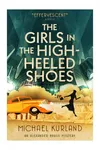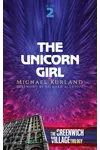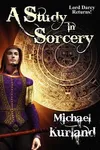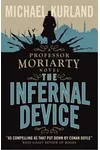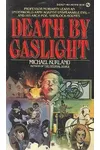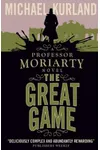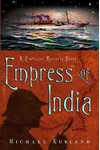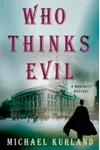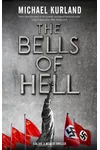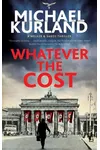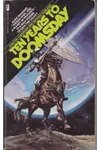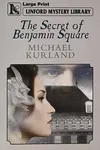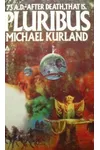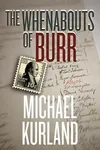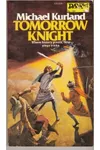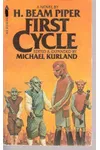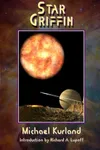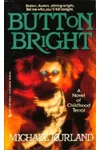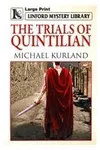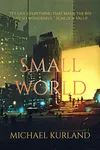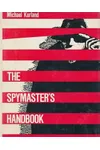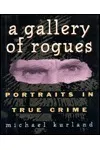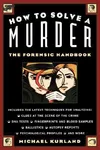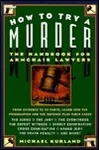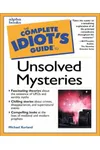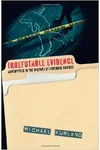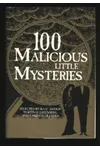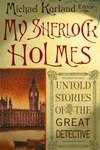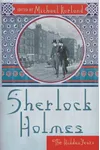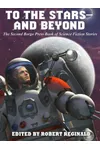Picture an American storyteller who reimagined Sherlock Holmes’ greatest foe as a cunning hero—meet Michael Kurland! With over 30 novels blending science fiction, detective mysteries, and historical thrillers, Kurland’s witty prose and genre-bending tales have captivated readers worldwide. From his Edgar-nominated Moriarty series to his psychedelic Unicorn Girl, Kurland’s versatile pen crafts stories that spark curiosity and challenge conventions.
Born in New York City, Kurland’s eclectic life as a writer, editor, and even a private detective’s aide has fueled his vivid imagination. Now nestled in a ‘Secular Humanist Hermitage’ on California’s coast, he continues to weave narratives that blend meticulous research with playful storytelling.
The Making of Michael Kurland
Born on March 1, 1938, in New York, Michael Joseph Kurland grew up in a creative household with a manufacturer father and a dress designer mother. After serving in the Army Security Agency, he studied at Columbia University, where his writing career took root. His early gigs—teaching English, managing a rock band, and editing Crawdaddy magazine—shaped his diverse perspective. Kurland’s first novel, Ten Years to Doomsday (1964), co-written with Chester Anderson, marked his sci-fi debut, poking fun at genre tropes with a tale of a planet racing to industrialize against an alien threat.
Michael Kurland’s Unforgettable Stories
Kurland’s bibliography spans genres, but his Professor Moriarty series stands out. The Infernal Device (1978), a finalist for an Edgar Award and American Book Award, reimagines Moriarty as a resourceful antihero thwarting conspiracies in Victorian London. Its sequel, Death by Gaslight (1982), dives deeper into Moriarty’s moral ambiguity, blending suspense with historical flair. Fans laud Kurland’s witty dialogue and intricate plots, which turn Holmes’ ‘Napoleon of Crime’ into a complex protagonist.
In science fiction, The Unicorn Girl (1969), part of the Greenwich Village Trilogy, captures the counterculture era with a psychedelic mix of alien invasions and matter transmission. His political thriller The Last President (1980), co-authored with S.W. Barton, chillingly imagines a Nixon-like leader evading Watergate’s fallout, earning bestseller status for its eerie realism. Kurland’s non-fiction, like How to Solve a Murder, showcases his forensic expertise, offering readers a peek into real-world detective work.
Kurland’s style—lively, informal, and rich with historical detail—bridges genres effortlessly. Whether crafting alternate histories or magical fantasies, he populates his worlds with vivid characters and sly humor, making each story a delightful puzzle.
Why Michael Kurland Matters
Kurland’s impact lies in his ability to reinvent familiar tropes, from Moriarty’s redemption to sci-fi’s social satire. His Moriarty novels inspired a wave of Sherlockian reinterpretations, while his genre-blending approach paved the way for authors mixing mystery and speculative fiction. Translated into 13 languages, his work resonates globally, offering timeless tales of wit and intrigue. Kurland’s lesser-known status only adds to his allure, inviting readers to uncover a literary gem.
- Born: March 1, 1938, New York City
- Key Works: The Infernal Device, The Unicorn Girl, The Last President
- Awards: Two Edgar Award nominations, American Book Award finalist
- Fun Fact: Kurland once worked for a private detective agency, inspiring his forensic non-fiction.
Snag The Infernal Device and dive into Michael Kurland’s thrilling world of Victorian intrigue and genre-bending adventure!

